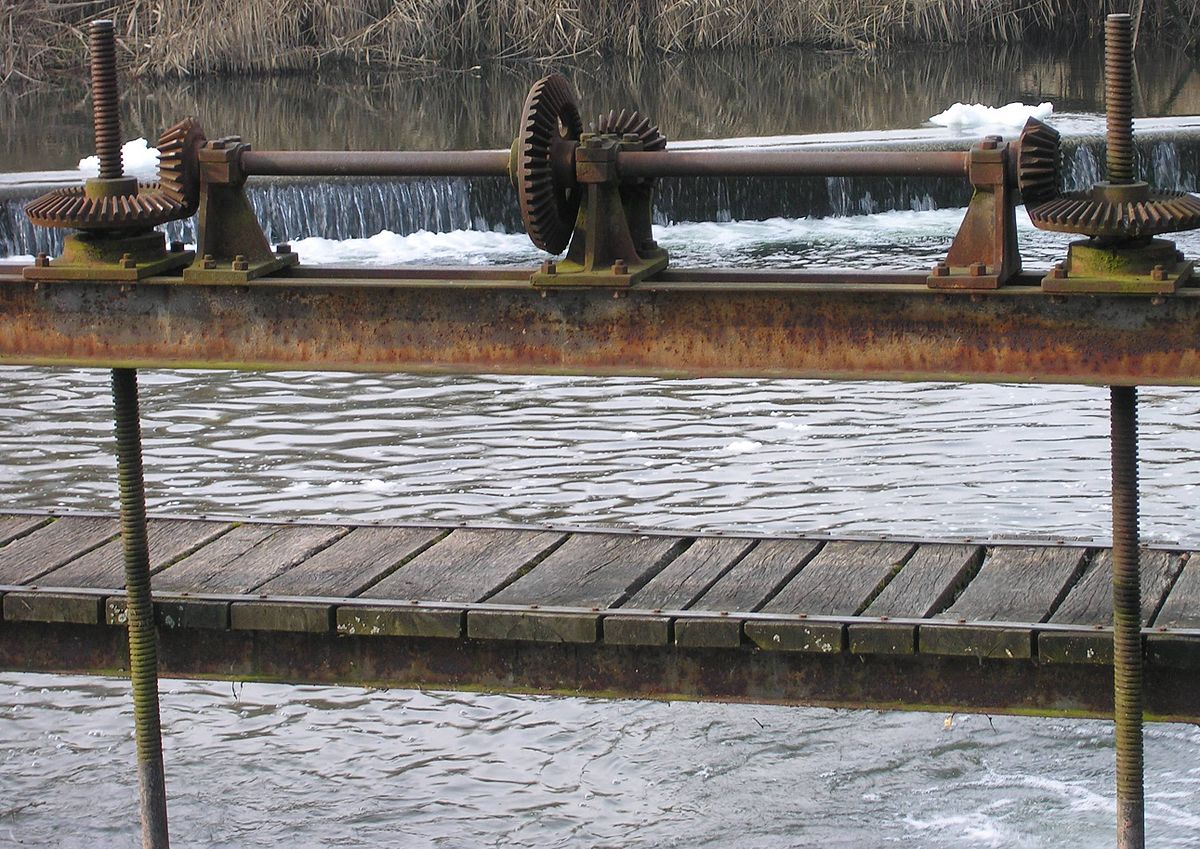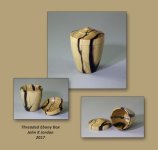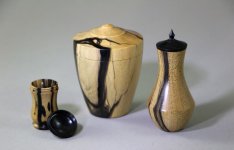Sigh. I was talking about choosing 13mm nuts vs 14mm nuts. Of course you then use the appropriate spanner. And by convention 14mm nuts are used with left-handed threads. Only someone clueless or mischievous will employ righthand-threaded 14mm nuts.
I see now what you intended but I was also confused at first reading I have a variety of equipment with exclusively metric fasteners, from wood and metal working machines to farm and construction equipment to road and off-road vehicles.
I don’t know about the convention where you live but I can assure you that many right-handed threaded nuts and bolts I deal with are 14mm. For example, most M10x1.25 fasteners I’ve encountered are 14mm. When I work on something I often need both 13 and 14mm wrenches/sockets. (just a few weeks ago I had to carry both sizes to my little machine shop to enable installation of a DRO on my metal lathe. Based on this and working on other equipment I can’t imagine the left/right “convention” you mention being universal.
It is rare to find a left-hand threaded fastener on the equipment and machines I have here - haven’t encountered one in decades. Maybe the hex head size convention is regional. Germany? Europe? Not on anything I’ve see from Japan, etc.
JKJ




